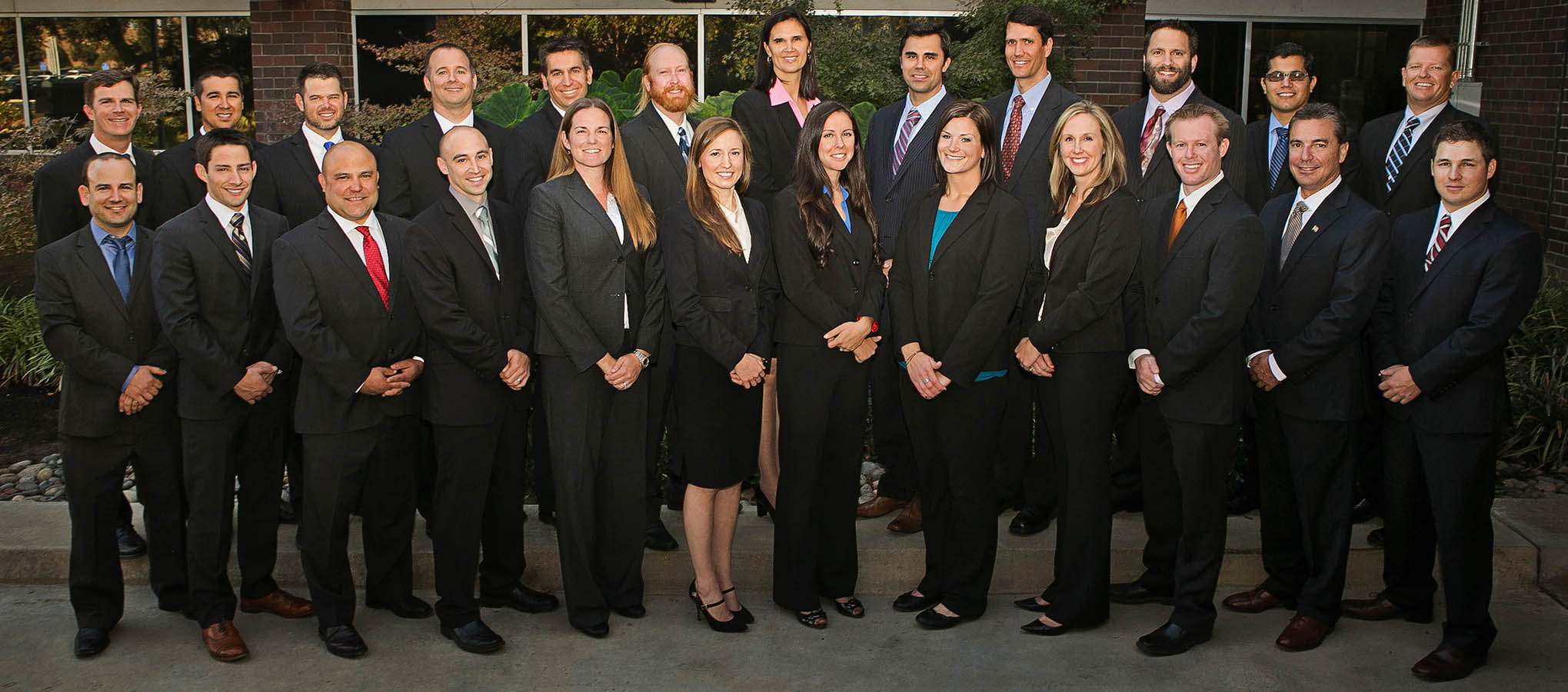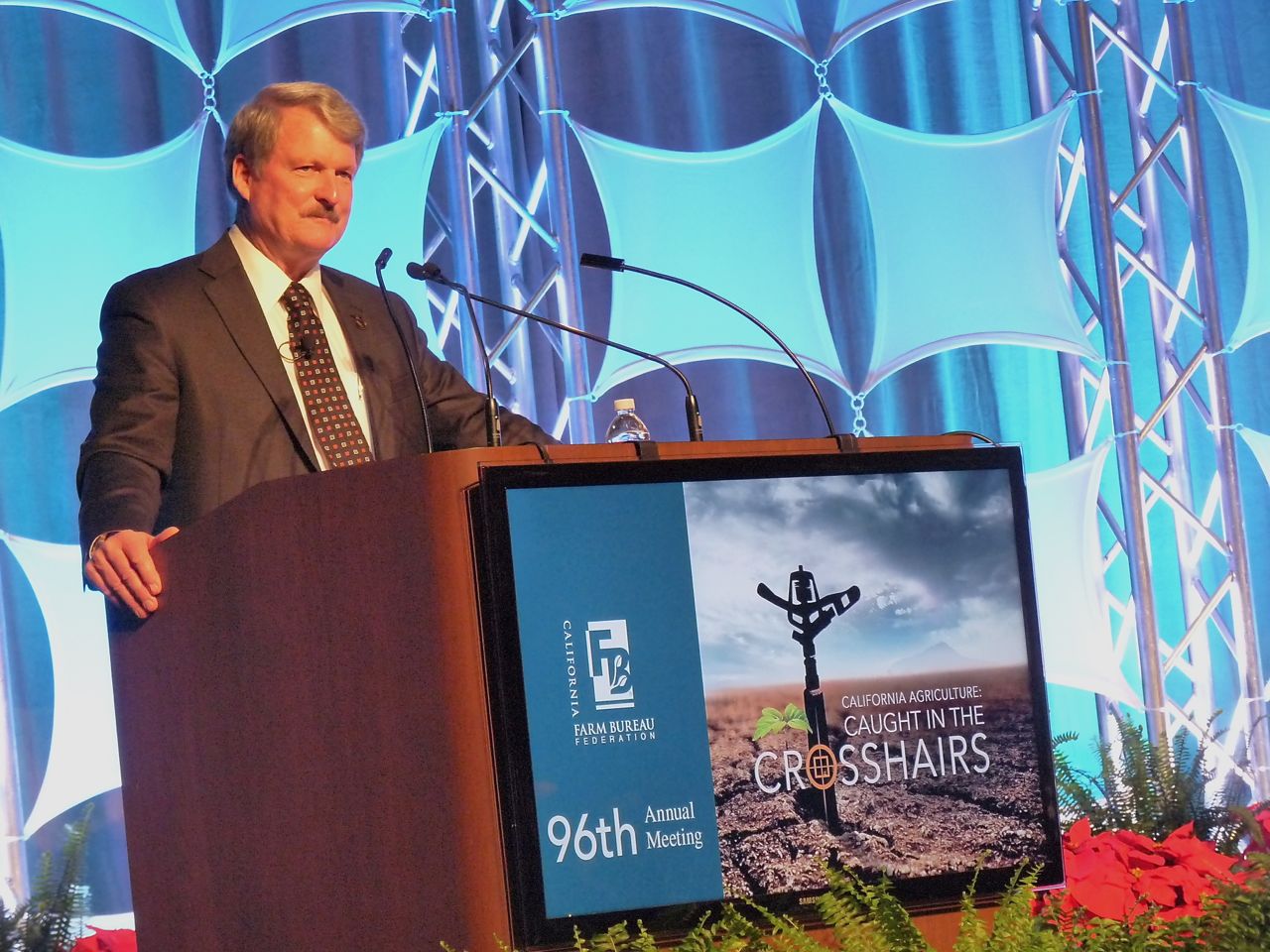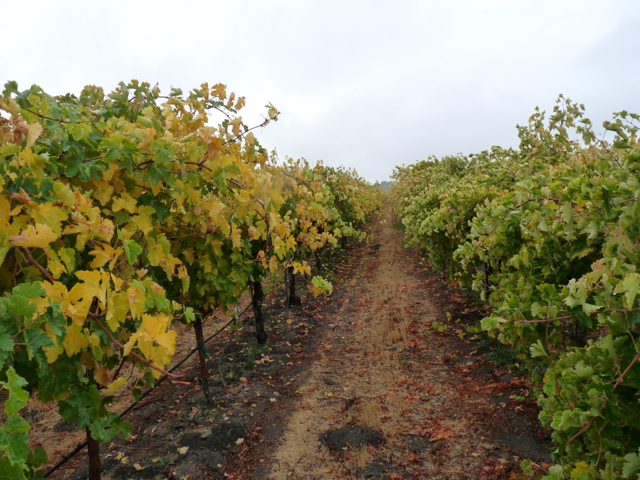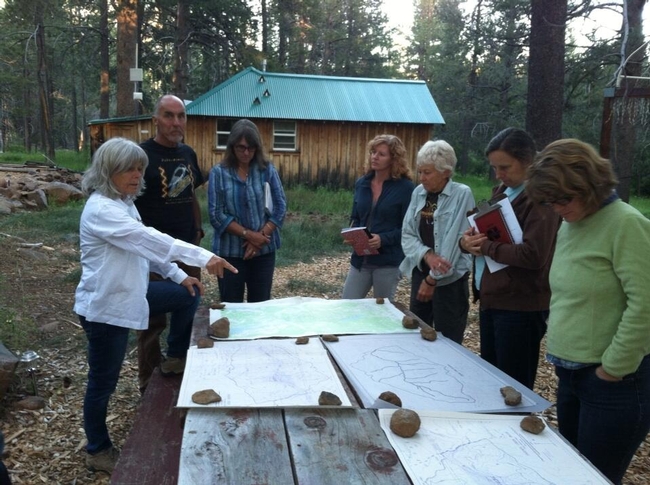Napolitano Says Ag Needs Technology
UC President Janet Napolitano: Technology Drives Ag
By Patrick Cavanaugh, Farm News Director
Janet Napolitano, President of University of California, gave the opening keynote presentation on the first of two days at the recent 3rd annual Forbes AgTech Summit in Salinas in late June.
She spoke with California Ag Today, noting that technology is driving agriculture like never before.
“I think this is a great time in California history, where you have the Salinas Valley and Silicon Valley all focused on innovation and where it’s now time to 
And of course, agriculture is open to new technology to help farmers produce food more efficiently and safely.
“It’s all about the world food supply; it’s all about the food supply in the state. It’s all about the economy in the state of California; it’s going to need technology to really thrive,” Napolitano said.
Napolitano noted that she has seen first hand how technologies have driven solutions to age-old problems.
“A UC Santa Barbara Materials alumnus professor, James Roger, realized that a third to a half of our fresh fruits and vegetables end up in landfills due to consumers throwing the produce out due to browning or other decomposition,” she said. “In 2012, Rogers founded Apeel Sciences, where his team created a product from natural plant extracts that can be sprayed on fruits and vegetables, which can protect them from bacteria, doubling their shelf life and therefore decreasing the amount of food waste.”
Rogers is one example of many within the UC system who have come up with innovations to help agriculture.
“We know we drive innovation by supporting innovation in our classroom and in our laboratories. And we support it with faculty, we support it with our own monies, and our own investment dollars,” Napolitano said. “And, we also bring together the private sector with the university to look at different kinds of partnerships that can be undertaken.”
The UC system has the resources to fund the early stage capital that is needed to get ideas off the ground.
“We have set aside a billion dollars of our own investment capital for early stage investment, and an additional 250 million dollars for sustainable energy technologies,” Napolitano said.





















